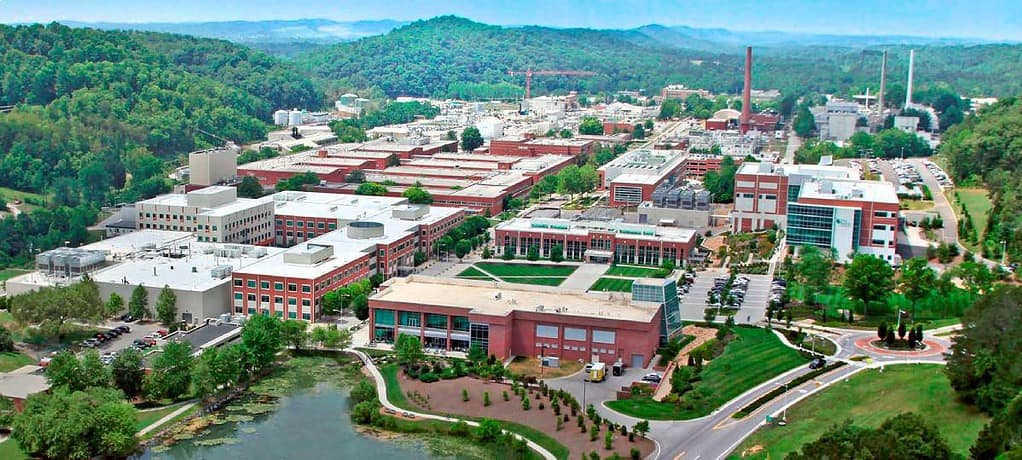Using the open-source CP2K code, the ORNL team modeled the reaction trajectories of the molecules on the Summit supercomputer. They then conducted a kinetic analysis of these paths to form an energy profile of the process.
“Our theories would not have been possible to validate or investigate if we didn’t have leadership computing power,” Roy said. “We needed to run thousands of trajectories – for every point in that energy profile. We had to run a lot of simulations at the electronic level, which takes a lot of time, and we had to run all of those in parallel. Without Summit, it’s really impossible to do.”
Based on previous experimental work that showed that positively charged surfactant molecules will attract negatively charged amino acids, the researchers simulated such a surfactant to draw more amino acids into the interface and confirmed an increased reaction rate of 10% to 15%. The ORNL team’s study showed that as a gas reacts with amino acids, it goes through repeated dynamic coupling cycles with the water molecules, slowing down the chemical reaction before finally resolving into a new product.
“The challenge here was to actually understand the role of water and how it controls the reaction rates and their pathways – the mechanism. To do that, we really had to understand the reaction path. This is where Summit came in, and it helped us a lot.”
Summit was managed by the Oak Ridge Leadership Computing Facility, a DOE Office of Science user facility located at ORNL. The OLCF offers leadership-class computing resources to researchers from government, academia, and industry who have many of the largest computing problems in science. This project was supported by the SummitPLUS program, which allocated computing time on Summit in its last, extended year of service in 2024.
UT-Battelle manages ORNL for DOE’s Office of Science, the single largest supporter of basic research in the physical sciences in the United States. DOE’s Office of Science is working to address some of the most pressing challenges of our time. For more information, visit energy.gov/science. — Coury Turczyn
This Oak Ridge National Laboratory news article "Supercomputer simulations show how to speed up chemical reaction rates" was originally found on https://www.ornl.gov/news

